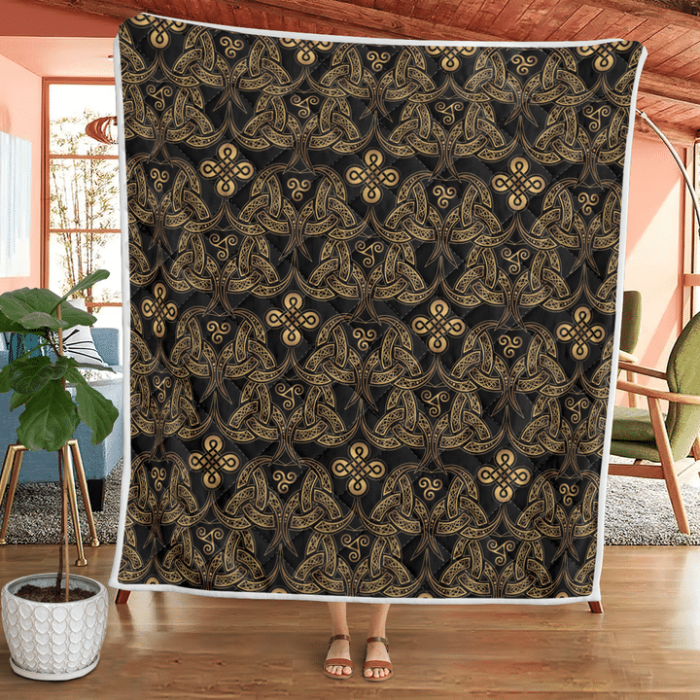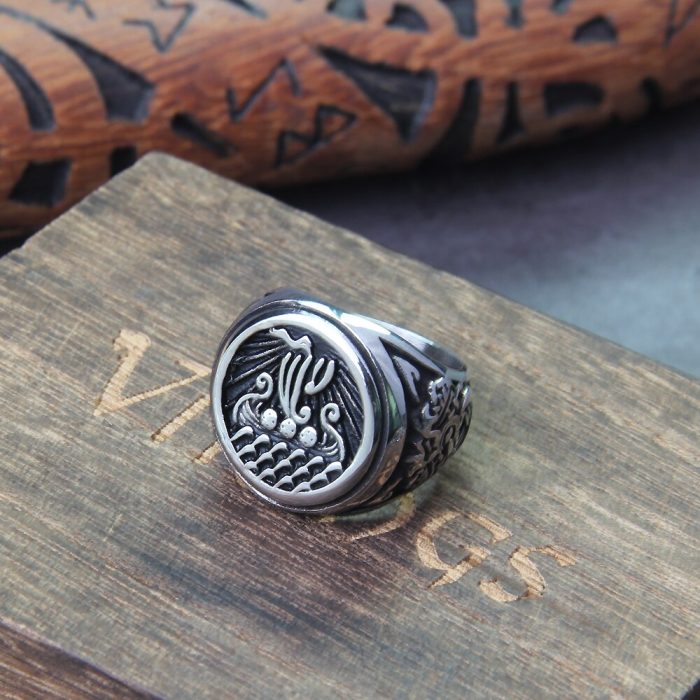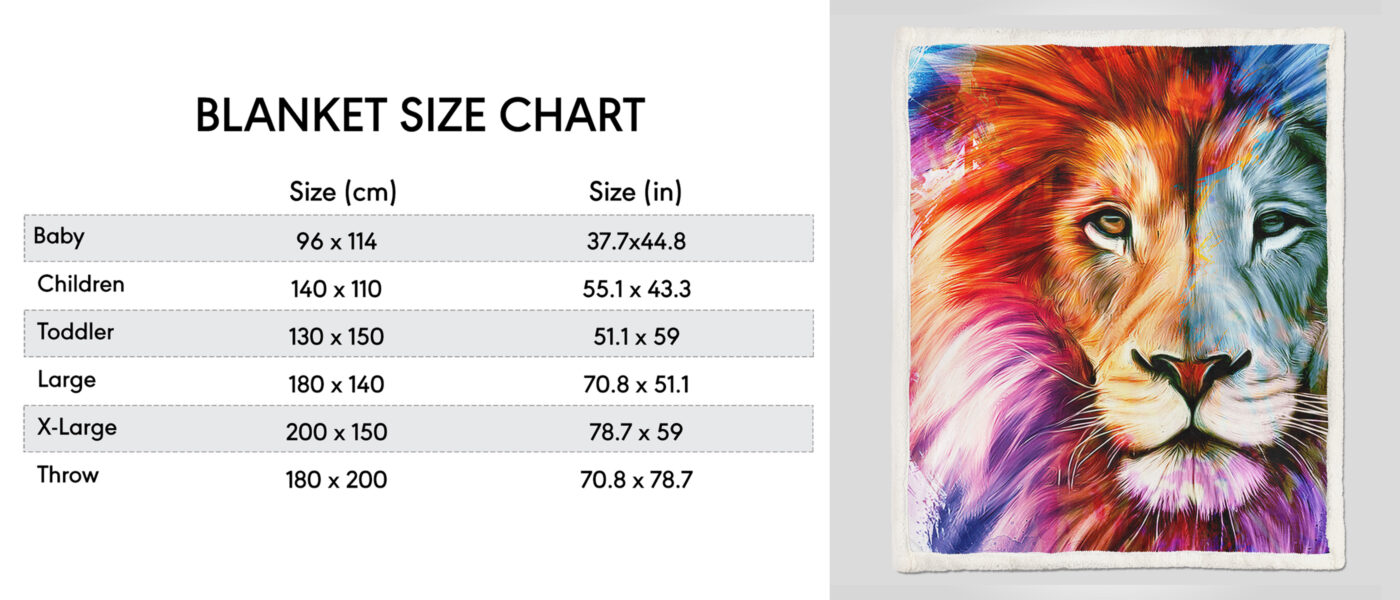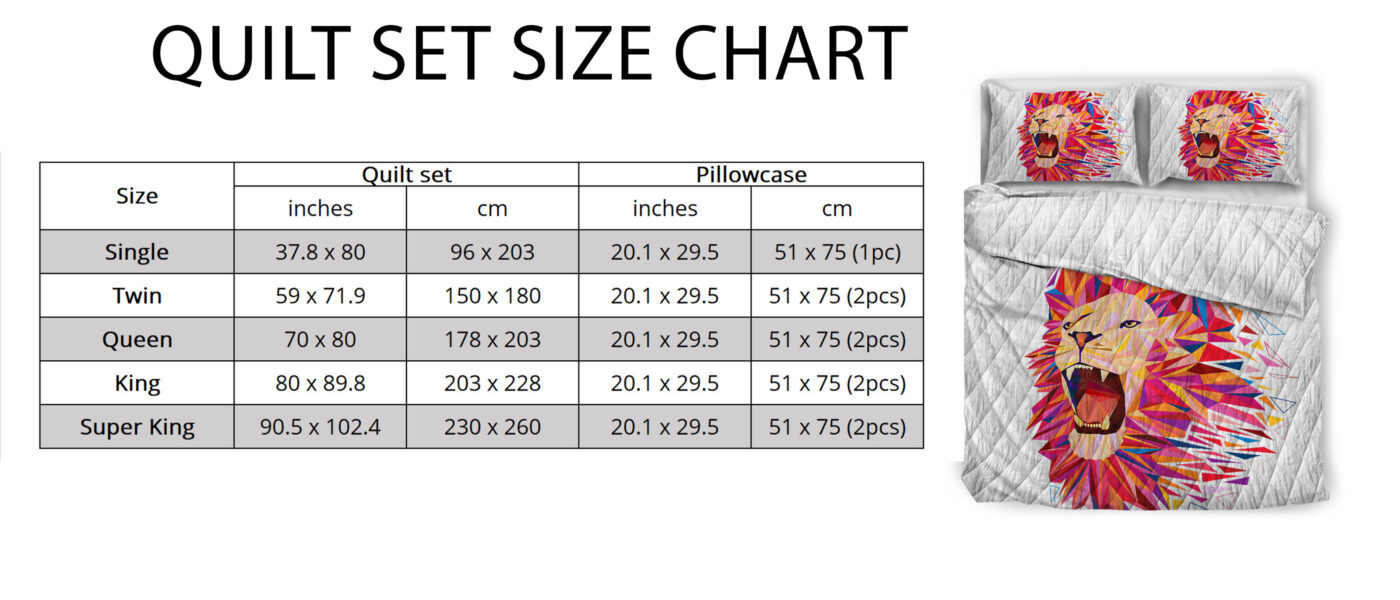Nordic Discovery
History of Norse Mythology Part 1
Norse mythology includes the pre-Christian religion, beliefs and legends of the inhabitants of Scandinavia, including those who settled on the island of Iceland – where much of the written material of Norse mythology is found. The famous version of Norse mythology is that of the Germanic peoples, which arose from the myths of the pre-existing Indo-European peoples.
The religions of the Nordic peoples are not based on a “truth” transmitted directly from gods to humans (although there are stories of mortals visited by gods) and do not have formal texts such as the Bible. Holy of Christianity or the Quran of Islam. Norse mythology is transmitted orally in the form of long poems. The transmission of Norse religion was strongest during the Viking period. One learns about Norse mythology mainly through the Edda epics and extensive Christian records of Scandinavia. Norse mythology has a great influence on literary and artistic works.
Origins Norse Mythology
Norse mythology survived mainly by oral transmission, so it was largely lost. However, not all is lost thanks to the writings of Christian scholars, especially the Eddas and Heimskringla by Snorri Sturluson, who believed that pre-Christian gods Religion is not the devil. Another notable work is the Gesta Danorum by Saxo Grammaticus. However, the Norse gods in this work are heavily modified to fit natural and historical events.
Edda in prose was written in the early 13th century by Snorri Sturluson, an Icelandic poet, leader and diplomat. It is primarily considered a manual for novice poets. The prose edda includes commentaries on traditional figures commonly used in poetry. Thanks to this work, fragmentary stories in Norse mythology are told systematically and continuously.
The Poetic Edda is said to have appeared 50 years after the Prose Edda. It consists of 29 long poems, of which 11 are about the gods, the rest are about mythical heroes such as Sigurd of the Volsung family (Sigfield in the German Nibelungenlied epic). Although scholars often assume that it was composed after Edda in prose, the style and poetic form of the work suggest that the poems contained therein were composed long before their manuscripts appeared.
In addition to the above documents, there are also runic inscriptions such as the inscriptions on the stone tablets at Rök and the amulet of Kvinneby which are also valuable sources of research. There are also engravings and drawings showing scenes from Norse mythology such as Thor’s fishing trip, scenes from the epic Volsunga, Odin and Sleipnir, Odin being swallowed by Fenrir, Hyrrokkin’s arrival at Baldr’s funeral .
Universe in Norse Mythology
In Norse mythology, the Earth is a flat disk placed on the branch of the world tree Yggdrasil. Asgard, where the gods live, is located in the center of the disc. The only way to Asgard is the rainbow (or Bifröst bridge). The giants live in Jotunheimr (meaning “land of giants”). The dead go to a cold and dark place called Niflheim ruled by Hel, the daughter of Loki. Somewhere in the south lies the fiery Muspelheim, where the giants of fire live. Other supernatural lands are Álfheim – the kingdom of the white elves, Svartálfaheim – the kingdom of the black elves, Nidavellir – the kingdom of the dwarves. Between Asgard and Niflheim is Midgard (or Middle-earth), where humans live.
Contrast is an important component of Norse mythology’s view of the universe. For example, the world is made of ice and fire.
Supernatural forces
There are three divine “clan” in Norse mythology: Aesir (Æsir), Vanir, and Jotun (called giants in this article). The difference between the two clans Aesir and Vanir (collectively referred to as god) is only relative. There was a war between these two holy clans, which the Aesir side won. But they accepted reconciliation to rule the world together and to keep the peace, the two sides exchanged hostages and there were marriages between members of the two clans. Some gods belong to both places. Some scholars speculate that this story reflects the process by which the Indo-European gods prevailed over the native gods. However, this is only a hypothesis. There are those who argue that the Aesir/Vanir distinction is merely a Norse version of the divine system of the Indo-European peoples, like the distinction between the Olympian gods and the Titans of Greek mythology. .
The Aesir and Vanir were often in enmity with the Iotnar tribe (singular Iotunn or Jotuns, in Old English Eotenas or Entas). This tribe resembles the Titans and Gigantos in Greek mythology and is often referred to as giants, although some also call them demons. However, the Aesirs have Iotnar ancestry and have members of both Aesir and Vanir married to them. The names of some giants are mentioned in the epic Edda. Giants are often seen as the embodiment of natural forces. There are two types of giants, the ice giants and the fire giants. There are also Elves and Dwarves. Their role in Norse mythology is unknown. They are often said to be allies of the Aesir-Vanir gods.
Other supernatural beings include the giant wolf Fenrir and the sea snake Jörmungandr coiling around the Earth. These two monsters are the children of the trickster god Loki and a female giant. There are also two crows Hugin and Munin (meaning “thinking” and “memory”) that help Odin – the leader of the gods – understand the situation of the world, and Ratatosk the squirrel running on the branches of the tree. Yggdrasil world at the center of the universe
Like other polytheistic religions, in Norse mythology there is no confrontation between good and evil as in Middle Eastern beliefs. The giants of Norse mythology were not inherently evil. They are rude, loud and uncivilized to be precise. The main theme in Norse mythology is the opposition between order and chaos. The gods represent order and the giants and monsters represent chaos.
Voluspa: the beginning and the end of the world
The fate of the whole universe is described in the Völuspá (“Prophecy”) – one of the most remarkable poems in the verse Edda. In Völuspá, Odin, the leader of the gods, summons the spirit of a Volva (“prophet”) to inquire about the world’s past and future. The prophetess asked Odin if he really wanted to know. Odin emphasized that as king of the gods, he needed those insights. In the end, the oracle tells Odin the secrets of the past and the future and then sinks back into darkness.
















































Pingback: History Of Norse Mythology Part 2 | Viking Sons Of Odin
Pingback: History Of Norse Mythology Part 3 | Viking Sons Of Odin